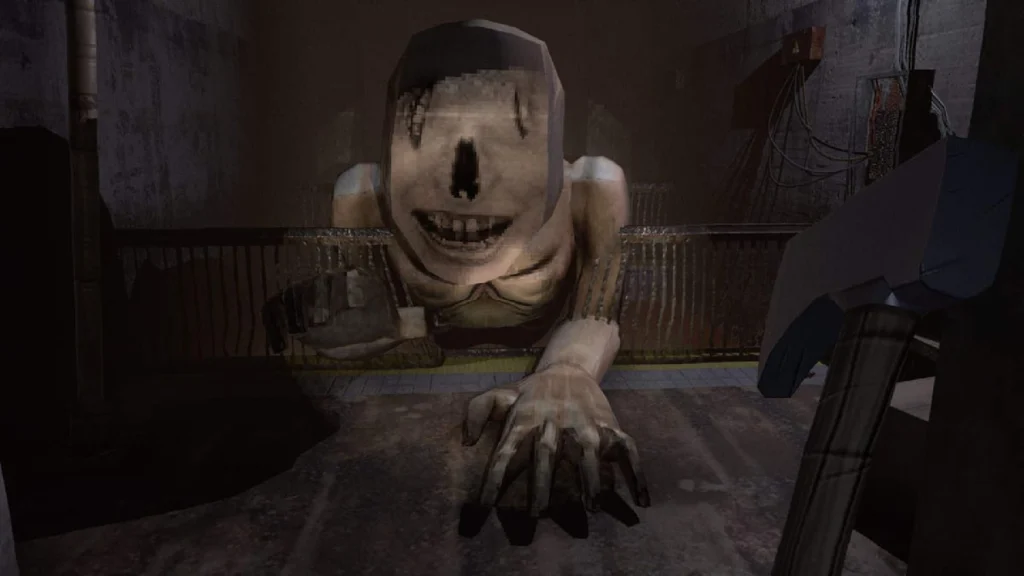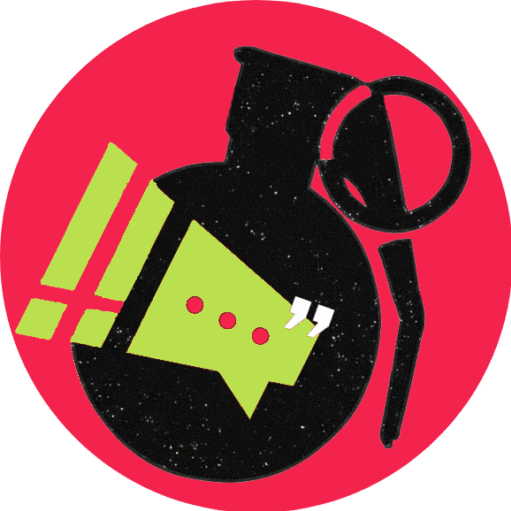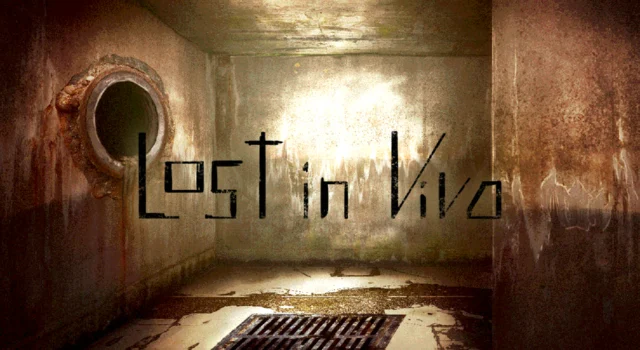Lost in Vivo has been available for some time now, with the game being released in November 2018. That doesn’t stop it from growing, as every few years it seems to pop up, again and again, without fail.
Why is that, and what about this game makes it have a rollercoaster of popularity despite its age? I’ll lead you down the rabbit hole of a game, one so deep it’s scary, known as Lost in Vivo.
Lost In Vivo, A Therapeutic Story

Lost in Vivo is a horror game based on two types of sub-genres, those being Psychological horror and Survival horror. This combination of sub-genres is rare, as it’s hard to combine the two while still making the game fair.
Psychological horror tends to bend the rules, messing with the mind of the player to scare and confuse them. Is that door real? Was that scream one of fear or something deadly? These are the questions players think of.
Games like Doki Doki Literature Club, Signalis, and Fran Bow are psychological horror, often breaking logic itself to break players. Some mess with the code of computers, others may break the game itself, all for a good scare to players.
Survival horror is a well-known sub-genre, giving the player a way to fight back against the horrors while still scared. Do you have enough ammo? Are there enough healing supplies? questions the player must keep in mind at all times.
It was popularized by series like Resident Evil, Silent Hill, and Outlast, all titans of the horror genre already. Sometimes you’re given weapons like guns to shoot from a safe distance, other times, a short blade is only left.
The combined product, being Lost in Vivo, fits perfectly in the family of terrible fates for characters that players control. You never feel truly free from whatever is hunting you, even in the safest areas; the dread still follows you.
The first part takes place in the flood system, looking for your dog who was stolen down into the drains. The rest takes place in the mind, fighting the inner hell of the protagonist, who has no name or face.
Each time you go deeper, it’s a new level of hell, lost souls who took their lives, or maybe others. You never know if what you need to do is follow the script or break the rules of the game.
By the end of it all, the strongest therapy is in Volo therapy exposure, or real-life therapy exposure. The kind that the player controls the protagonist through, helping them grow at the end of the game.
Truly, when it comes to life, the only thing that holds us back is fear of something or someone. To grow, we need to push past and walk through the imaginary barriers that hold us in place.
For more such pieces on your favorite games, follow Dominade.

